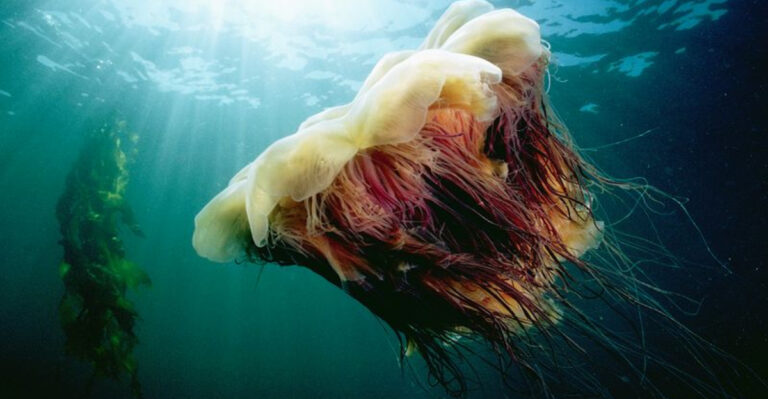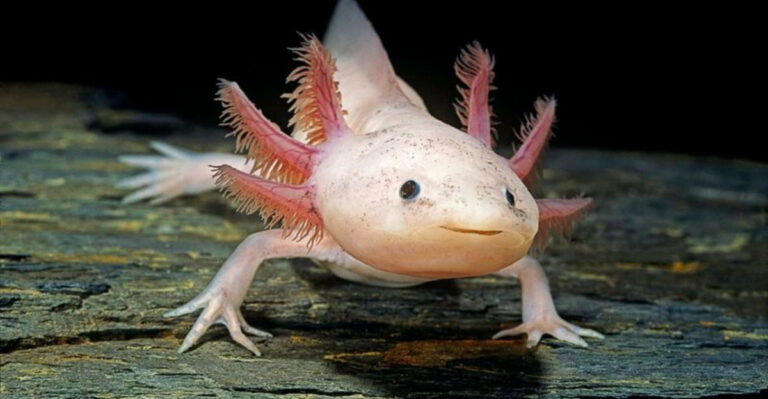8 Savage Sharks You Should Avoid At All Costs (And 4 That Only Look Scary)
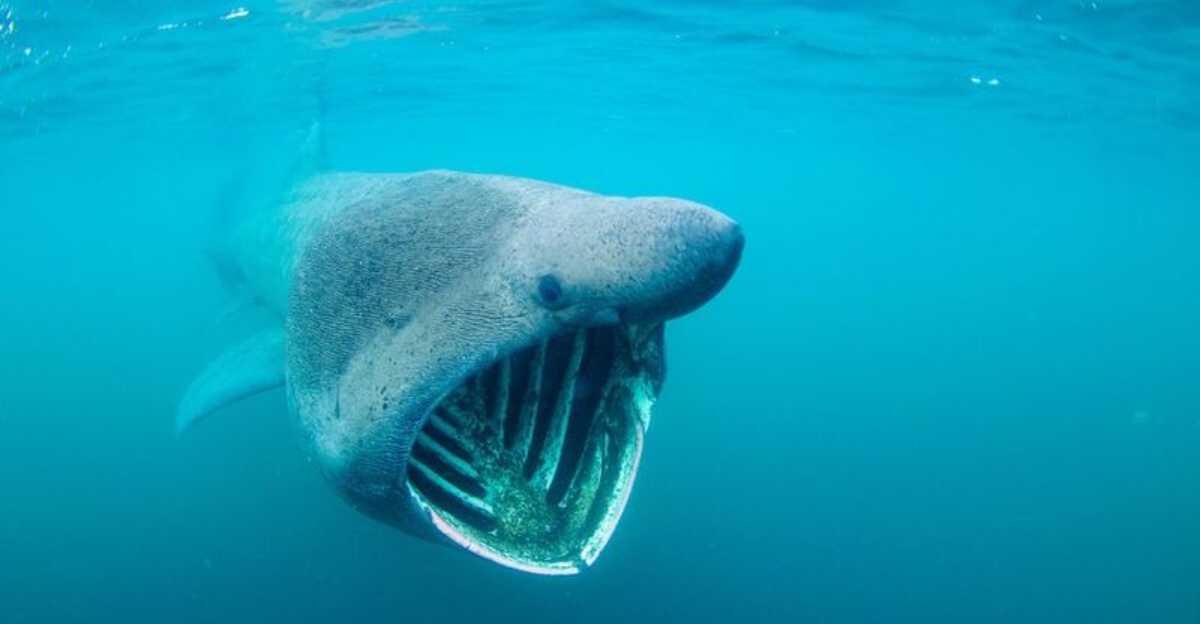
Sharks have captivated our imagination and fear for generations. These ocean predators come in many shapes and sizes, but not all deserve their frightening reputation.
While some sharks are genuinely dangerous to humans and should be avoided, others just look menacing but are actually quite harmless. Understanding the difference could save your life during your next ocean adventure!
1. Great White Shark: The Ocean’s Apex Predator
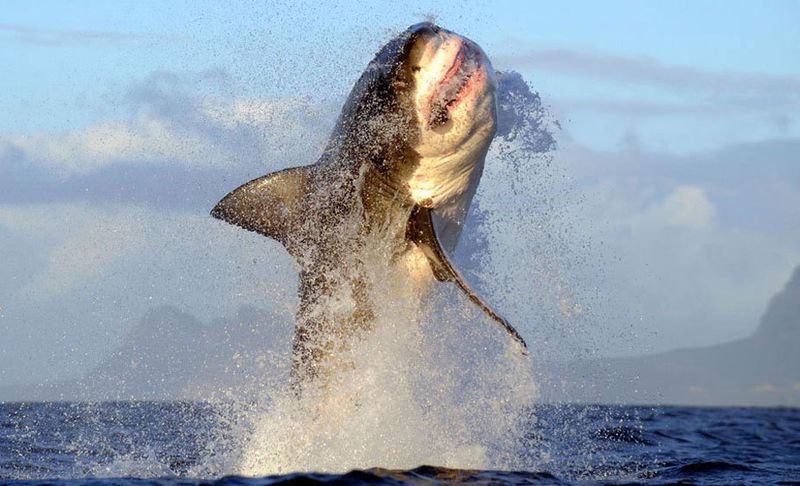
Responsible for more unprovoked attacks on humans than any other shark species, the Great White earns its fearsome reputation. Growing up to 20 feet long with 300 serrated teeth, these predators can smell a single drop of blood from miles away.
When they attack, they strike from below with incredible speed, often mistaking surfers for seals. Despite their notoriety, they rarely consume humans – most bites are investigatory.
2. Tiger Shark: The Garbage Can Of The Sea
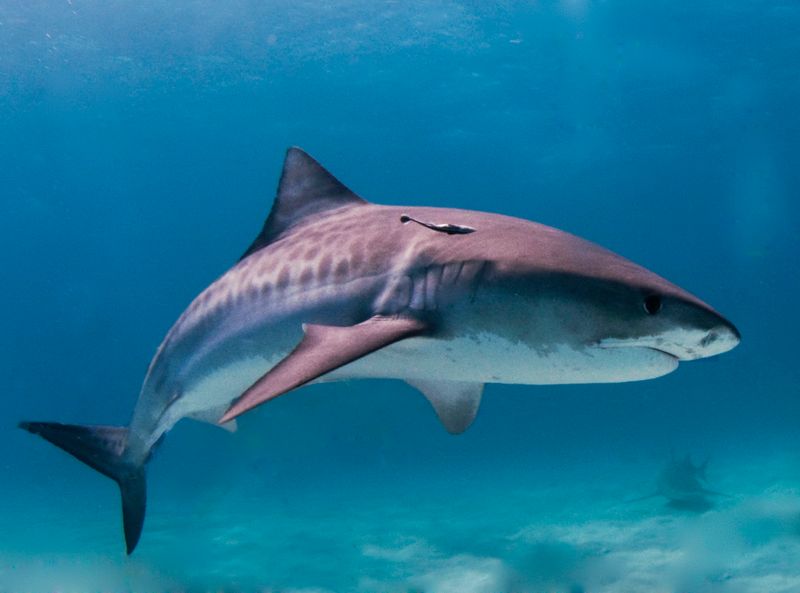
Named for their distinctive stripes, Tiger Sharks will eat practically anything – license plates, tires, and even suits of armor have been found in their stomachs! These indiscriminate feeders grow up to 14 feet long and possess uniquely serrated teeth that can slice through turtle shells.
They’re responsible for numerous attacks in tropical waters, particularly Hawaii. Their curious nature and poor eyesight make them dangerous as they often “sample bite” unknown objects.
3. Bull Shark: The Freshwater Menace
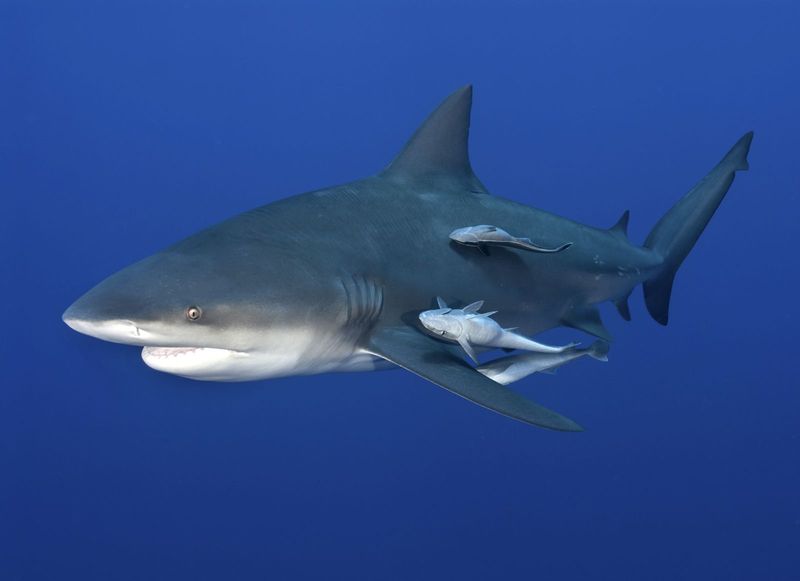
Bull Sharks possess a unique superpower – they can survive in both saltwater and freshwater. This adaptability allows them to swim miles upriver, bringing danger to unexpected places like golf course lakes and rivers.
With the highest testosterone levels of any animal on earth, these stocky, aggressive sharks are implicated in many attacks. Their tendency to hunt in murky, shallow waters where humans often swim makes them particularly hazardous.
4. Oceanic Whitetip: The Shipwreck Stalker
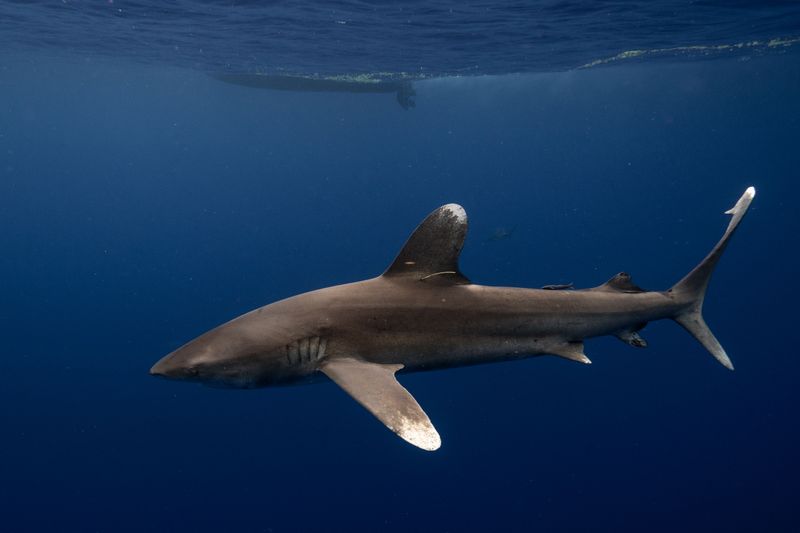
Jacques Cousteau called the Oceanic Whitetip “the most dangerous of all sharks,” and with good reason. These sharks gained infamy following naval disasters, most notably the sinking of the USS Indianapolis in 1945, where they claimed hundreds of lives.
Highly aggressive and curious, they’re drawn to splashing and will investigate anything unusual in their territory. Their distinctive white-tipped fins cut through open ocean waters where few other sharks venture, making encounters rare but potentially deadly.
5. Shortfin Mako: The Ocean’s Speedster
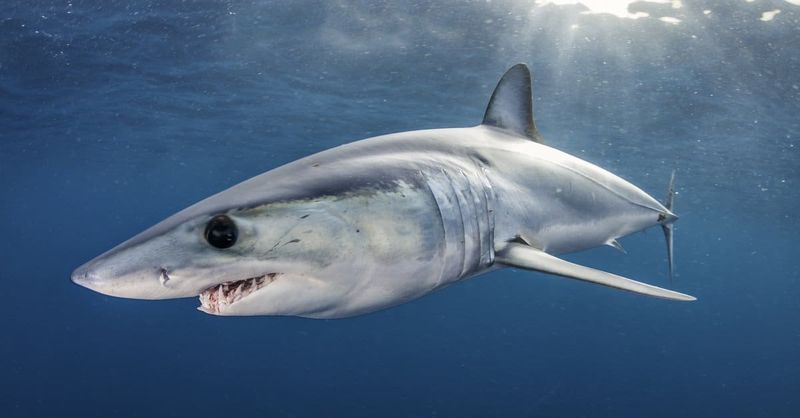
Clocked at speeds up to 45 mph, the Shortfin Mako is the fastest shark in the ocean. This incredible velocity combines with an athletic ability to leap up to 30 feet out of water, making them favorite targets for sport fishermen – and exceptionally dangerous when provoked.
Their large eyes and metallic blue coloration make them beautiful, but their aggression when hooked has resulted in numerous boat attacks. They’ve been known to chase boats and even jump aboard when threatened.
6. Hammerhead Shark: The Bizarre Hunter
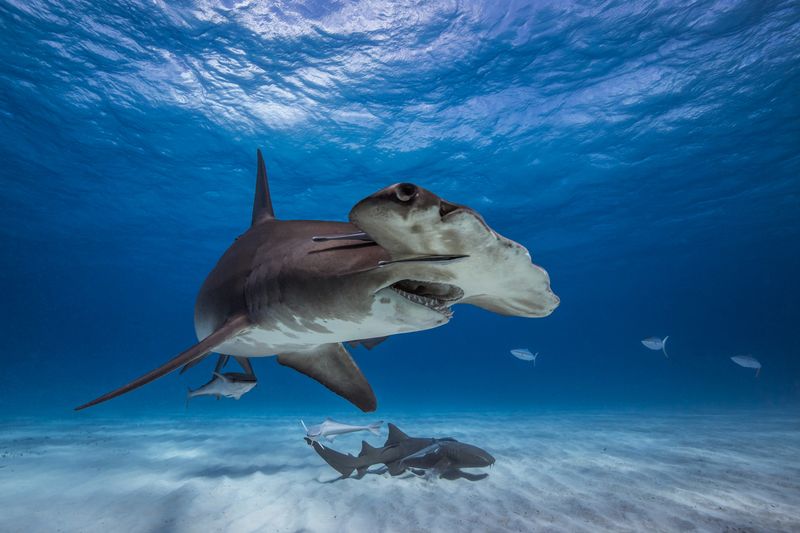
The Great Hammerhead’s distinctive T-shaped head isn’t just for show – it functions as a highly specialized hunting tool. Their wide-set eyes provide nearly 360-degree vision, while their hammer (called a cephalofoil) contains electrical sensors that detect prey buried in sand.
Growing up to 20 feet long with serrated teeth, these sharks can be aggressive toward humans. Their unusual appearance often causes panic, but unprovoked attacks are relatively rare compared to other dangerous species.
7. Sand Tiger Shark: The Toothy Nightmare
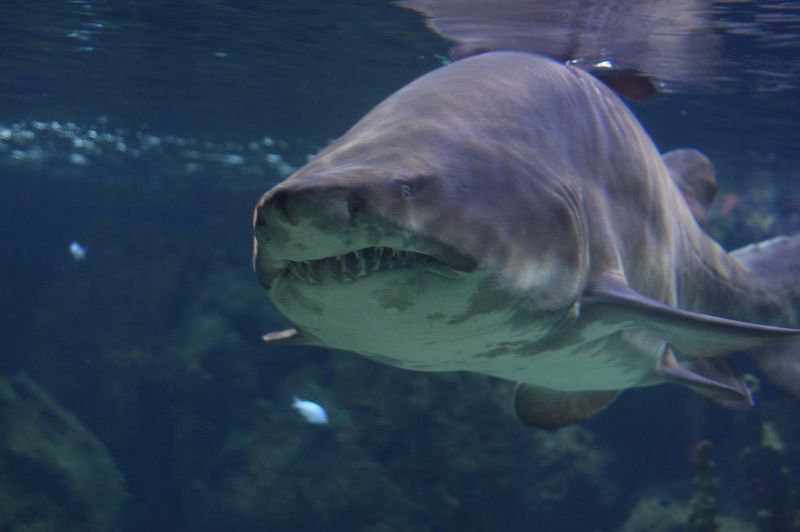
Despite their slow, docile appearance, Sand Tigers harbor a dark secret – they practice intrauterine cannibalism. The first embryo to develop teeth devours its siblings in the womb, ensuring only the strongest survive.
Their permanently exposed teeth (up to 300 in multiple rows) create a horrifying visage. While they rarely attack humans unprovoked, their size (up to 10 feet) and tendency to congregate around shipwrecks make them potentially dangerous during encounters with divers.
8. Blue Shark: The Long-Distance Hunter
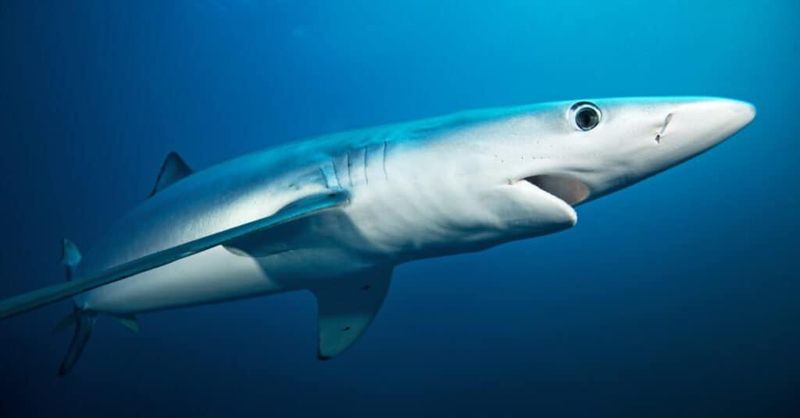
The sleek, torpedo-shaped Blue Shark migrates thousands of miles annually, following food sources across entire oceans. Their striking indigo coloration makes them beautiful, but their feeding frenzies can turn deadly – they’ve been known to attack in groups when blood is detected.
Though not typically aggressive toward humans, their curiosity and tendency to investigate with their teeth has resulted in numerous bites. Commercial fishermen particularly fear these sharks when hauling catches.
9. Whale Shark: The Gentle Giant
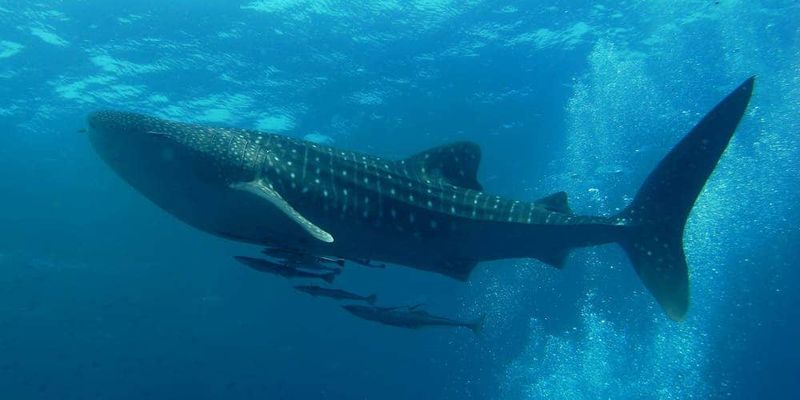
The largest fish in the ocean looks terrifying at first glance – growing up to 40 feet long with a mouth that stretches 5 feet wide! But Whale Sharks are the gentle puppies of the shark world, feeding exclusively on tiny plankton and small fish.
These spotted giants swim slowly near the surface, filtering water through their gills. Despite their massive size, they’re so docile that swimmers and divers can safely swim alongside them. Their only danger? An accidental tail swipe!
10. Basking Shark: The Swimming Mouth
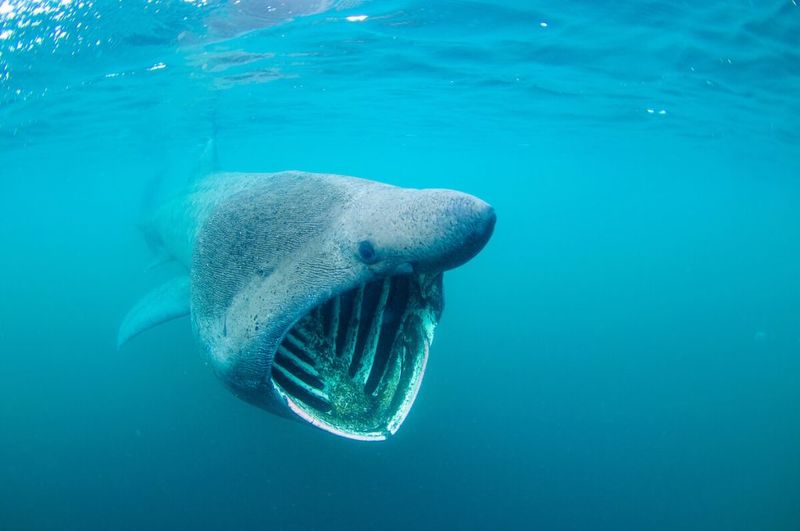
The second-largest fish in the sea has a mouth that can open over 3 feet wide, striking fear into anyone who encounters one. But like their whale shark cousins, Basking Sharks are gentle filter feeders with no interest in humans.
They swim slowly near the surface with their massive mouths agape, filtering up to 2,000 tons of water hourly for tiny plankton. Despite their intimidating size (up to 26 feet), they have tiny teeth and couldn’t harm a human even if they wanted to.
11. Nurse Shark: The Lazy Lounger
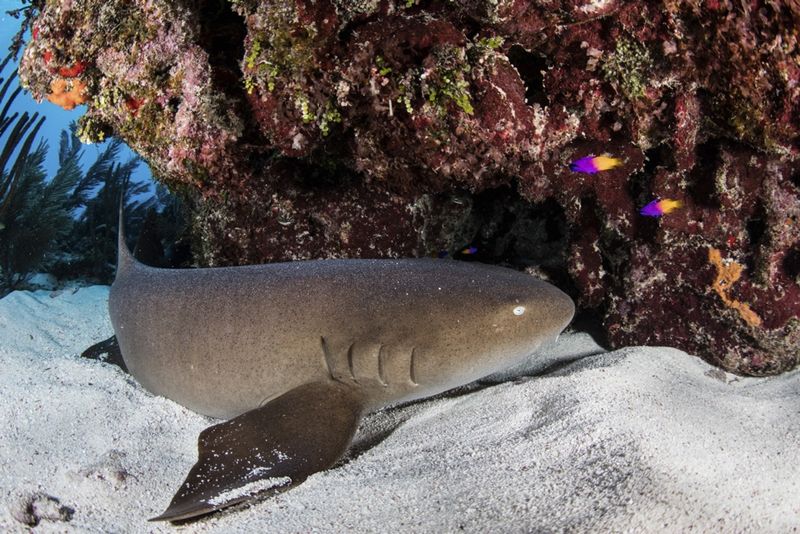
With a face only a mother could love, Nurse Sharks appear menacing with their broad heads and small eyes. They’re often found lying motionless on the ocean floor, which can startle divers who stumble upon them.
Despite their intimidating appearance, they’re among the most docile sharks, preferring to suck up small prey from the sand. They only bite humans when provoked – usually by someone foolishly trying to grab or pet them. Leave them alone, and they’ll return the favor.
12. Leopard Shark: The Spotted Beauty
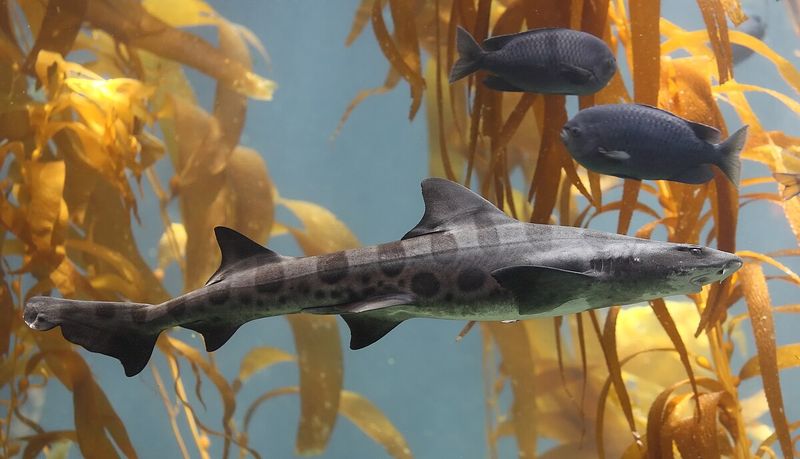
With dramatic black spots and saddle-like markings across their backs, Leopard Sharks look like fierce predators ready to attack. The reality? They’re basically the golden retrievers of the shark world – gentle, curious, and completely harmless to humans.
These shallow-water dwellers feast on crabs, shrimp, and small fish along the Pacific coast. They’re so docile that they’re popular attractions at touch tanks in aquariums. Swimmers and divers regularly encounter them without incident in California’s kelp forests.


